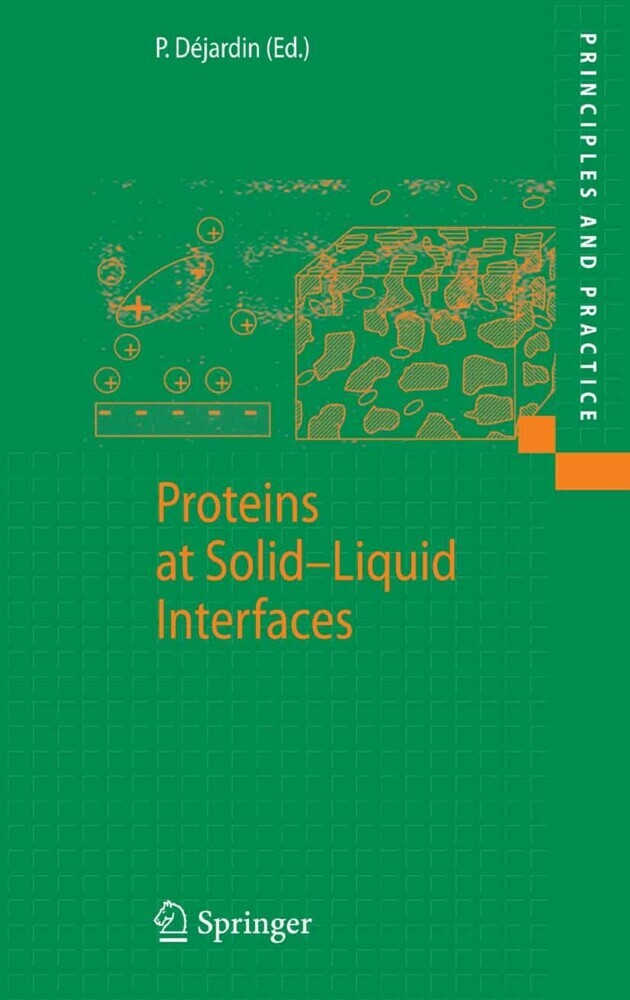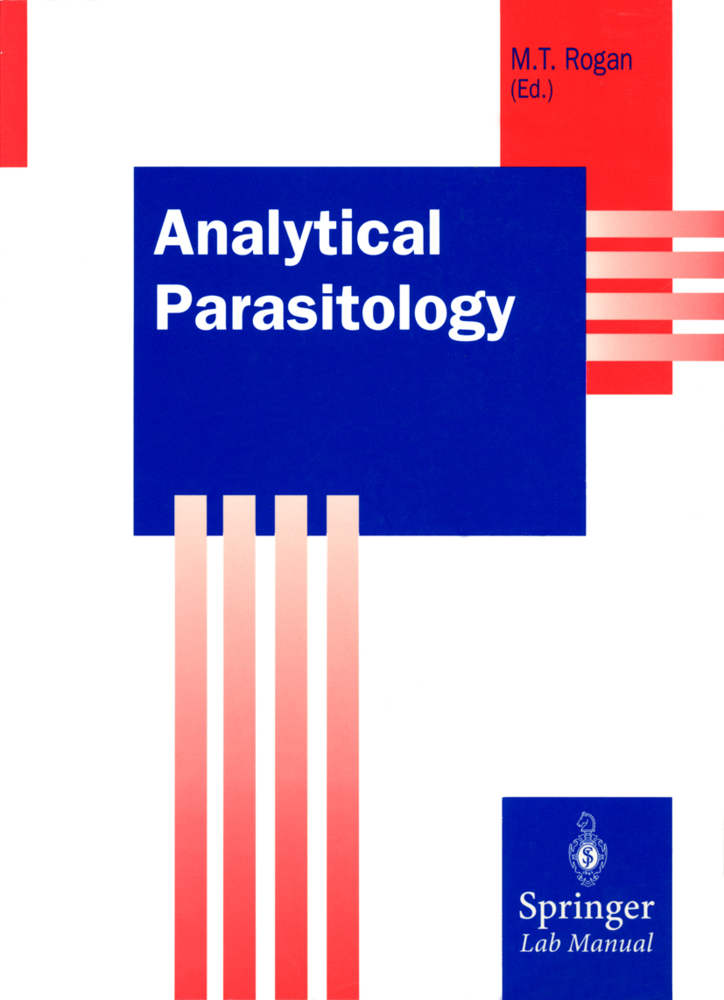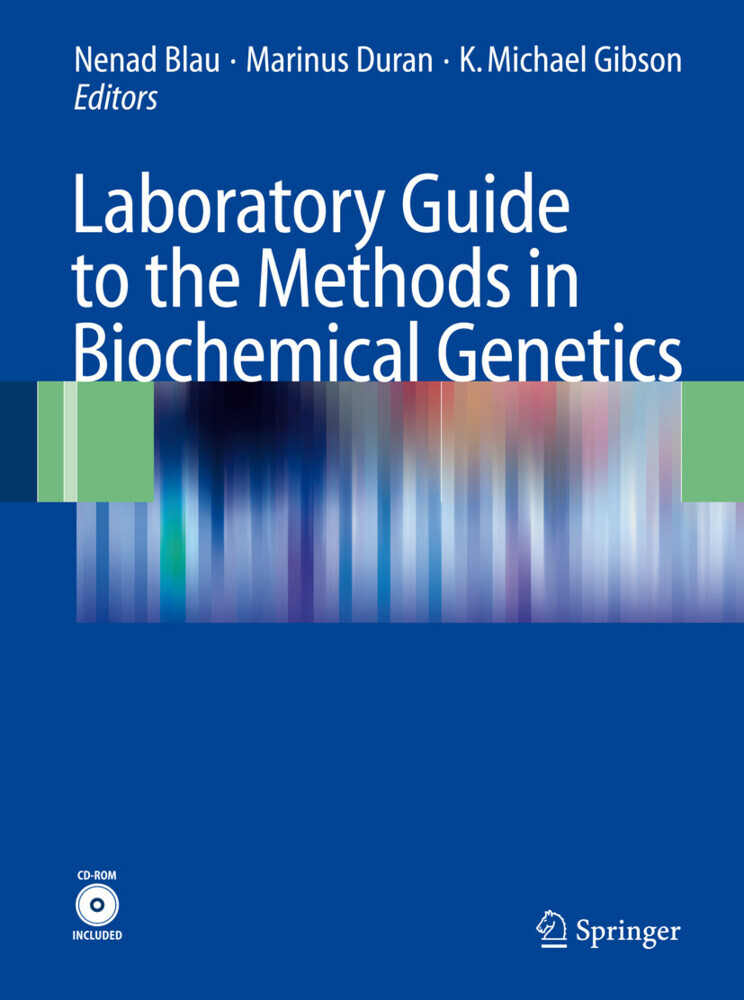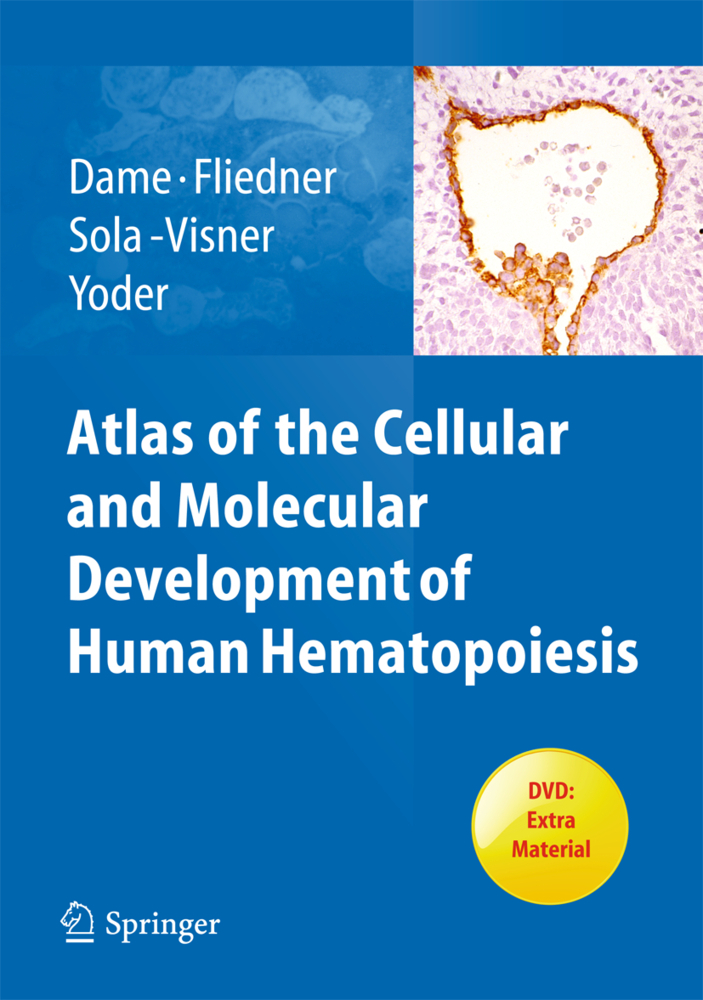This book opens with a description of fundamental aspects of protein adsorption to surfaces, a phenomenon that plays a key role in biotechnological applications, especially at solid-liquid interfaces. Presented here are methods for studying adsorption kinetics and conformational changes such as optical waveguide lightmode spectroscopy (OWLS). Also described are sensitive bench techniques for measuring the orientation and structure of proteins at solid-liquid interfaces, including total internal reflection ellipsometry (TIRE), dual polarisation interferometry (DPI) and time of flight - secondary ion mass spectrometry (TOF-SIMS). A model study of fibronectin at polymer surfaces is included, as are studies using microporous membranes and textiles with immobilized enzymes for large-scale applications. Biocompatibility, anti-fouling properties and surface modification to modulate the adsorption and activity of biomolecules are among the other topics addressed in this invaluable book.
1;Preface;5 2;Contents;7 3;Contributors;13 4;Protein Adsorption Kinetics: Influence of Substrate Electric Potential;16 4.1;1.1 Introduction;16 4.2;1.2 Theoretical Prediction;17 4.3;1.3 Experimental Measure;21 4.4;1.4 Results;24 4.5;1.5 Discussion;32 4.6;1.6 Conclusions;36 4.7;References;36 5;From Kinetics to Structure: High Resolution Molecular Microscopy;38 5.1;2.1 Introduction;38 5.2;2.2 OpticalWaveguide Lightmode Spectroscopy;40 5.3;2.3 The Practical Determination ofWaveguide Parameters;49 5.4;2.4 Static Structure;52 5.5;2.5 Kinetic Analysis and Dynamic Structural Inference;52 5.6;2.6 Behaviour of Real Proteins;58 5.7;2.7 Conclusions;62 5.8;References;63 6;Initial Adsorption Kinetics in a Rectangular Thin Channel, and Coverage- Dependent Structural Transition Observed by Streaming Potential;66 6.1;3.1 Introduction;66 6.2;3.2 The Initial Adsorption Constant and its Limit Expressions;71 6.3;3.3 The Structural Transition with Increasing Interfacial Concentration;78 6.4;3.4 Conclusion;82 6.5;Appendix;83 6.6;References;84 7;Dual Polarisation Interferometry: An Optical Technique to Measure the Orientation and Structure of Proteins at the Solid- Liquid Interface in Real Time;90 7.1;4.1 Introduction;90 7.2;4.2 Experimental Approaches Adopted;94 7.3;4.3 DPI: Applications;95 7.4;4.4 Future Developments;106 7.5;4.5 Conclusions;108 7.6;Appendix 1 DPI: Background;108 7.7;Appendix 2 DPI: Theory;110 7.8;Appendix 3 DPI: Implementation;114 7.9;References;117 8;Total Internal Reflection Ellipsometry: Monitoring of Proteins on Thin Metal Films;120 8.1;5.1 Introduction;120 8.2;5.2 Total Internal Reflection Ellipsometry;121 8.3;5.3 Experimental Setup;125 8.4;5.4 Application Examples;128 8.5;5.5 Further Possibilities;132 8.6;References;133 9;Conformations of Proteins Adsorbed at Liquid- Solid Interfaces;134 9.1;6.1 Introduction;134 9.2;6.2 Experimental Techniques;140 9.3;6.3 Surface Effects on Both Protein Structure and Solvation by the ATR- FTIR Technique;145 9.4;6.4 Conclusion;157 9.5;References;157 10;Evaluation of Proteins on Bio-Devices;166 10.1;7.1 Introduction;166 10.2;7.2 Time-of-Flight Secondary Ion Mass Spectrometry ( TOF- SIMS);168 10.3;7.3 Analysis of Proteins on Bio-Devices;176 10.4;7.4 Summary;184 10.5;References;184 11;Fibronectin at Polymer Surfaces with Graduated Characteristics;190 11.1;8.1 Introduction;190 11.2;8.2 Gradated Substrate Physicochemistry;192 11.3;8.3 Fibronectin Exchange at a Constant Surface Concentration;196 11.4;8.4 Fibronectin Exchange at Variable Surface Concentrations;203 11.5;8.5 Relevance of the Interfacial Constraints of Fibronectin for Cell- Matrix Adhesion;210 11.6;References;212 12;Development of Chemical Microreactors by Enzyme Immobilization onto Textiles;214 12.1;9.1 Introduction;214 12.2;9.2 Nonconducting Cellulosic Textiles;216 12.3;9.3 Electron-Conducting Textile;242 12.4;References;257 13;Approaches to Protein Resistance on the Polyacrylonitrile- based Membrane Surface: an Overview;260 13.1;10.1 Introduction;260 13.2;10.2 Copolymerization Procedures;261 13.3;10.3 Poly(ethylene glycol) Tethering;267 13.4;10.4 Physical Adsorption;272 13.5;10.5 Biomacromolecule Immobilization;274 13.6;10.6 Biomimetic Modification;278 13.7;10.7 Conclusion;281 13.8;References;283 14;Modulation of the Adsorption and Activity of Protein/ Enzyme on the Polypropylene Microporous Membrane Surface by Surface Modification;286 14.1;11.1 Surface Modifications for Reducing Nonspecific Protein Adsorption;286 14.2;11.2 Surface-Modified PPMMs for Enzyme Immobilization;301 14.3;11.3 Conclusions;310 14.4;References;310 15;Nonbiofouling Surfaces Generated from Phosphorylcholine- Bearing Polymers;314 15.1;12.1 Introduction;314 15.2;12.2 Forces Involved in Protein Adsorption;315 15.3;12.3 Design of Phosphorylcholine-Bearing Surfaces;317 15.4;12.4 Mechanism of Resistance to Protein Adsorption on the MPC Polymer Surface;318 15.5;12.5 Fundamental Interactions Between MPC Polymers and Proteins;325 15.6;12.6 Recent Designs of Nonfouling Ph
Déjardin, Philippe
| ISBN | 9783540326588 |
|---|---|
| Artikelnummer | 9783540326588 |
| Medientyp | E-Book - PDF |
| Copyrightjahr | 2006 |
| Verlag | Springer-Verlag |
| Umfang | 330 Seiten |
| Sprache | Englisch |
| Kopierschutz | Digitales Wasserzeichen |









